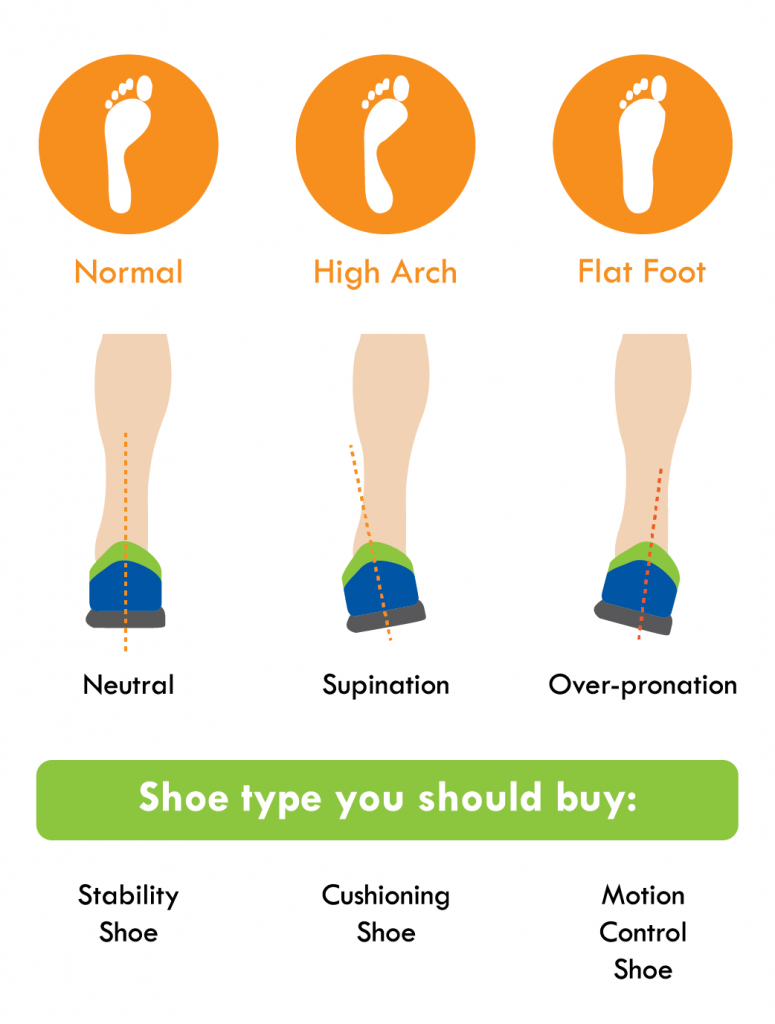There are many different levels of runners in the incentaHEALTH community! Maybe you’ve run a marathon, or you’ve decided to take up running since your gym closed. Regardless of your running level, you should always make sure you are taking care of your body so you can run injury free for years to come.
With all this “no pain, no gain” runner talk, it is easy to ignore negative feedback from your body and mentally push through to finish your miles. Many runners think pushing your body to a painful point is a sign of determination and strength. Continuous over-training can lead to many injuries. The main goal is to get fit without getting hurt so that you can be active for the rest of your life!
1. PERFECT FORM
The most common mistake in running is heel striking. In heel striking, the collision of the heel with the ground produces a large impact to the skeletal system. In forefoot striking, the connection between the forefoot and the ground produces a very small impact. Runners who are heel-striking should be advised to shorten their stride and connect to the ground with their forefoot. Have you ever watched a baby run? Humans are born with perfect running form and usually always strike the ground with the forefoot. If you are interested in learning more about natural running, visit chirunning.com or newtonrunning.com.
2. THE RIGHT SHOES
Buy supportive running shoes that are made to fit you. Make sure you have new running shoes every 300-500 miles for adequate support. You also want to make sure you are buying the right type and style of shoe for your feet.
Runners with flat feet normally over-pronate, so they do well in a motion-control shoe that controls the foot rolling inward. Runners with high arches tend to supinate, so they run best in a neutral-cushioned shoe that allows for more natural foot motion.

3. A BALANCED PLAN
Develop a balanced training plan that works with your schedule. Select a running program that best suits your fitness level, experience and goals. If you only have time or only want to run twice a week, then don’t try to follow another regimen that wants you to run four days of the week. Running when you are exhausted can be dangerous because you aren’t able to focus on your posture and form. Also, create balance in your training and incorporate cross training days with activities like yoga or resistance training. By taking time to stretch and build lean muscle, you will only be a stronger and healthier runner.
Just to clarify, soreness is normal and pushing yourself past your comfort level in a safe way is where improvements happen. But, if you are experiencing serious pain then you might want to consider making a change in what you are currently doing or simply resting a little longer before your next run.
You are always more than welcome to email your Health Coaches if you have specific questions at [email protected].



